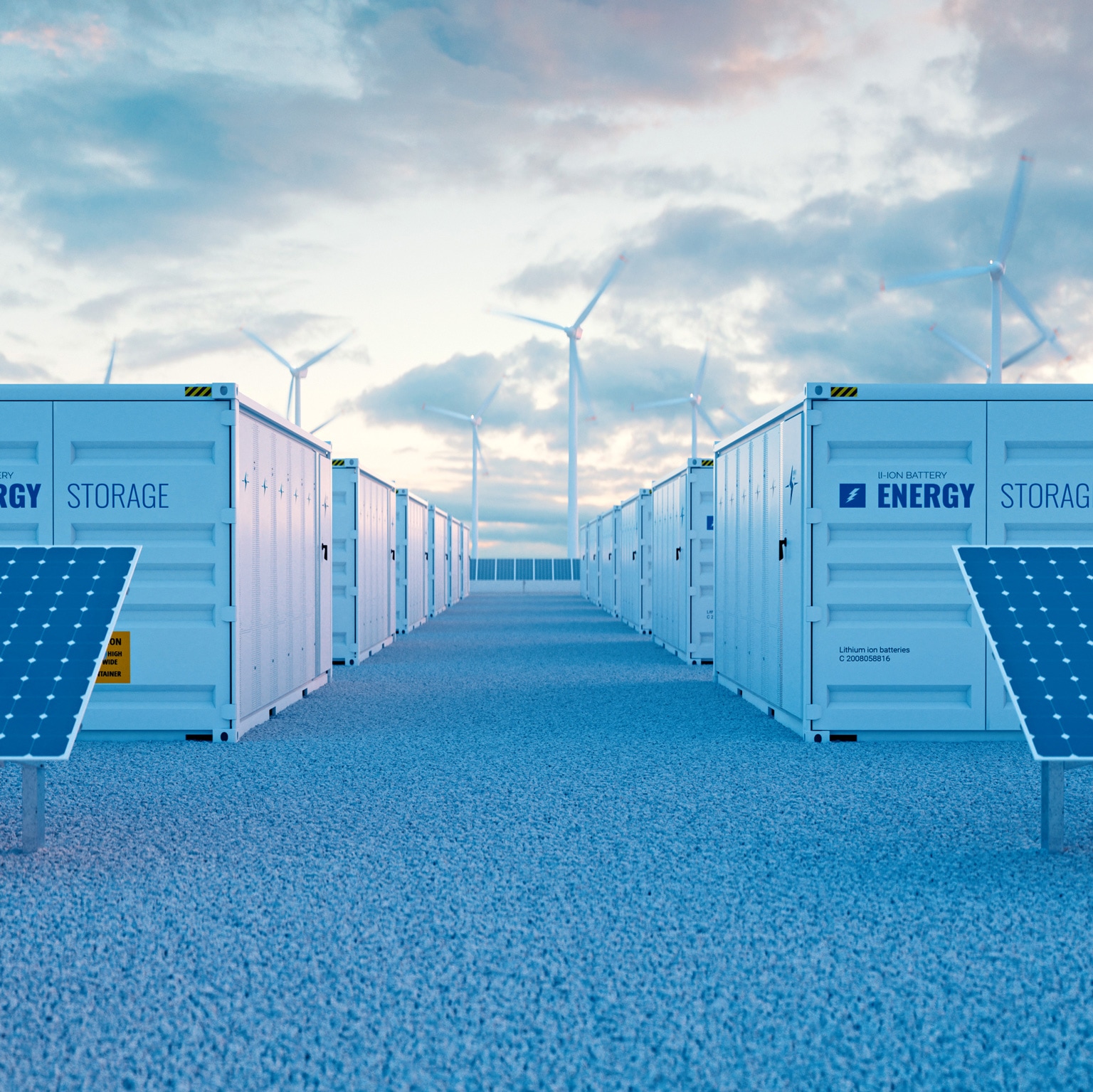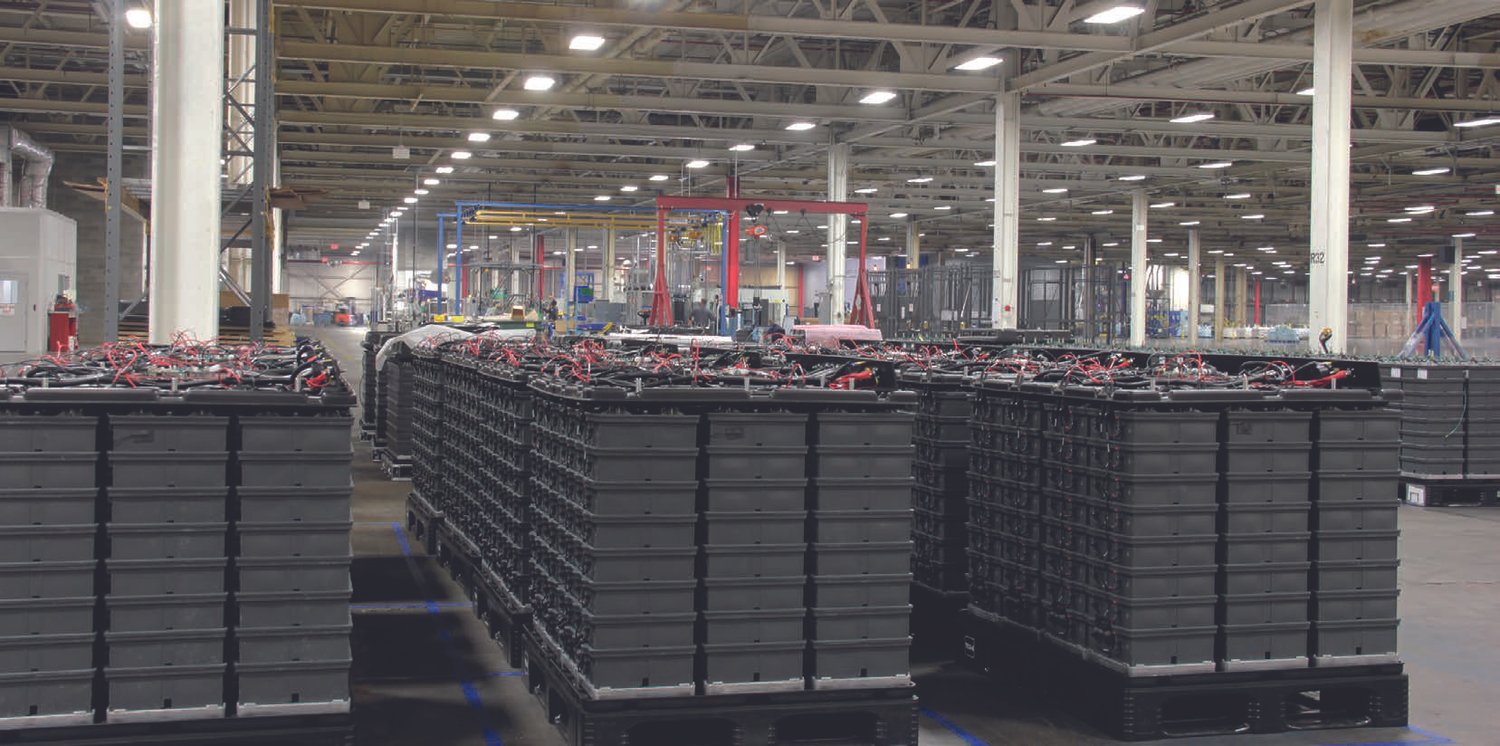Buckminster
Well-Known Member
Do we know how many GWh Lathrop and Nevada is doing?
You can install our site as a web app on your iOS device by utilizing the Add to Home Screen feature in Safari. Please see this thread for more details on this.
Note: This feature may not be available in some browsers.

The midpoint of 2030 market size is $135B. Say Tesla gets 10% of that with a 10% *net* margin.
I'm interested in net margins to enable an EPS calculation. I
I'm having a hard time getting to, "Megapacks worth as much as the auto business," unless the auto business is worth a *lot* less than the last quote.
Megapacks currently use LFP, likely in a different form factor than vehicles, from 3rd party suppliers. That's outside the cell production of Tesla itself, though they could start in-sourcing LFP production.I estimate that gross profit on a Tesla car is somewhere in the range of $7,500 - $10,000. Tesla 'invested' ~ 75 kWh, which works out to 10¢ per Wh on the low end. This is 2.5x the gross profit margin I estimated for a large scale battery storage business. This reinforces the idea that Tesla will first saturate the EV market, and then divert the unused battery fraction to storage. Both businesses are huge profit machines in their own right, but cars are the crown jewel
My honest opinion is that the storage business' unsung value is in letting Tesla scale battery production as fast as possible, unencumbered by the need to hedge car macroeconomic trends and cycles. Tesla profits will rise and fall, but I don't expect to see unsold batteries filling up warehouses.
 www.google.com
www.google.com


 www.linkedin.com
www.linkedin.com

damn, I got rid of my Smart things and got Google Nest instead
GWh > TWh?On market size: Conservatively, getting to net zero emissions will require 4 hours of battery storage. Many people will argue the need is much greater from 8 hours to 90 day! But generally those who are most opposed to renewable energy want people to believe the battery requirement is super high. So let's go with 4 hour as a pretty confident lower bound.
Global electricity generation in 2022 was 3.55TW. So without factoring in growth in power demand, the grids of the world could easily use some 14 TWh of batteries.
Allowing demand to grow about 3.5%/y to 2030 brings avg generation to 4.7GW and 4 hours of batteries to 18.7.
Basically, if Tesla and other batterymakers can produce 1GWh in 2030, this comes nowhere close to saturating the market.
Ah yes! It's still 2023, right?
Not long...Ah yes! It's still 2023, right?
A megawatt hour is simply 1000 kilowatt-hours. Other common measurements are gigawatt-hours (1000 megawatt-hours), terawatt-hours (1000 gigawatt-hours), and petawatt-hours (1000 terawatt-hours)
I'm confused. Are you saying you need 4x annual generation in battery capacity?Allowing demand to grow about 3.5%/y to 2030 brings avg generation to 4.7TW and 4 hours of batteries to 18.7 TWh
Total genaration in 2022 was 28,661TWh. 28,661TWh/365/24h = 3.27 TW.I'm confused. Are you saying you need 4x annual generation in battery capacity?

On market size: Conservatively, getting to net zero emissions will require 4 hours of battery storage. Many people will argue the need is much greater from 8 hours to 90 day! But generally those who are most opposed to renewable energy want people to believe the battery requirement is super high. So let's go with 4 hour as a pretty confident lower bound.
For residential that is on the order of 100 - 150 kWh per household, so about 125E3 * 150E6 Wh = 20 TWh. An almost universal EV transition pretty much replaces the utility 4 hour battery storage.
Time of Use pricing is key. Automated charging/other use based on pricing better still.Pardon me for quoting myself -- I want to expand on Residential EV storage
My home has PV, and we have two EVs with a combined 140 kWh of batteries. We bought the Tesla to have a long drive option for which the Chevy Bolt is not a great option. But for 95+ percent of our days, we drive about 60 miles a day combined. Optimal use of battery could easily cover that with 20 kWh, implying that 85% of our household battery is unused for 310 days of the year. It is that vastly under-utilized resource that can serve grid clean energy storage.
Frankly, I find it hard to imagine a reasonable scenario where EV storage is not a linchpin of the clean energy economy.


